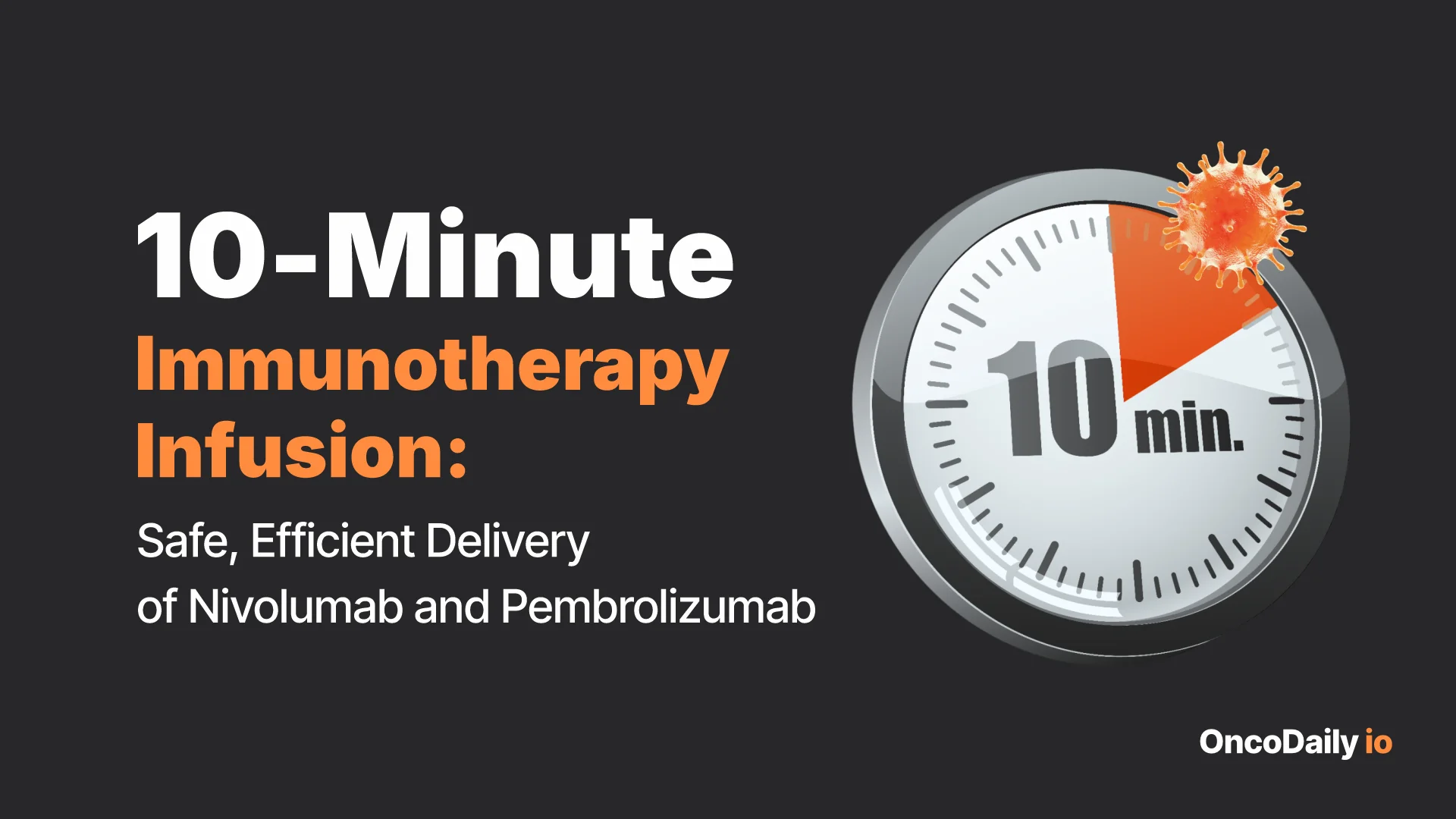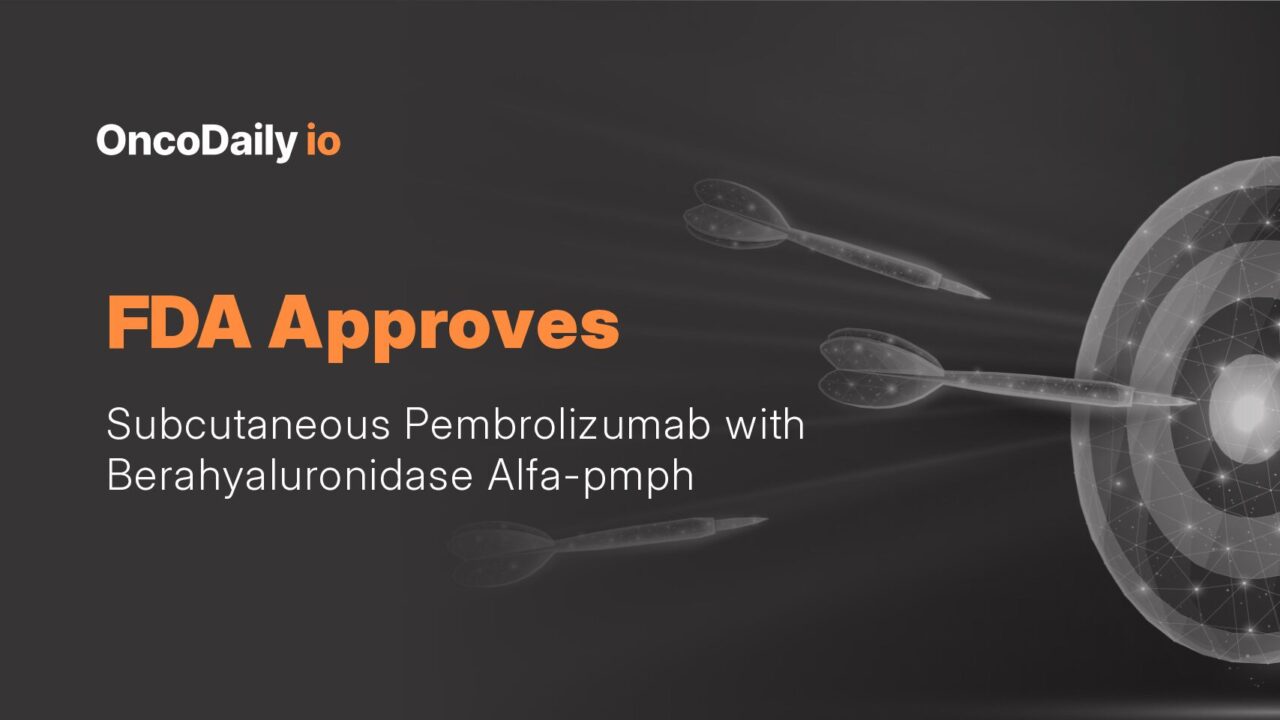Pembrolizumab (Keytruda) has become a cornerstone in the treatment of multiple cancers. Traditionally delivered via intravenous (IV) infusion, the therapy is now approved for subcutaneous (SC) injection when co-formulated with berahyaluronidase alfa-pmph (Keytruda Qlex). This represents a major advancement in patient convenience and healthcare efficiency.
The approval covers all adult and pediatric patients (≥12 years) with solid tumor indications already approved for IV pembrolizumab.
Clinical Evidence – Study MK-3475A-D77
The MK-3475A-D77 trial was a randomized, multicenter, open-label, active-controlled Phase III study designed to evaluate the subcutaneous formulation of pembrolizumab (Keytruda Qlex) combined with berahyaluronidase alfa-pmph. A total of 377 patients with treatment-naïve metastatic non–small cell lung cancer (NSCLC) were enrolled. All participants lacked actionable genomic alterations in EGFR, ALK, or ROS1, ensuring a uniform study population.
Patients were randomized in a 2:1 ratio to receive either subcutaneous Keytruda Qlex administered every six weeks with platinum-doublet chemotherapy or the standard intravenous formulation of pembrolizumab given every six weeks with platinum-doublet chemotherapy.
The primary objective of the trial was to establish pharmacokinetic comparability between the two formulations. This was measured by cycle 1 drug exposure (AUC0–6 weeks) and cycle 3 steady-state trough concentration (Ctrough). Secondary endpoints included key efficacy measures such as overall response rate (ORR), progression-free survival (PFS), and overall survival (OS), assessed by blinded independent central review (BICR).
Results
- PK comparability was demonstrated, with lower boundaries of the geometric mean ratio >0.8.
- ORR: 45% (SC) vs. 42% (IV).
- No meaningful differences in PFS or OS.
- Safety profile: Consistent with IV pembrolizumab.
Dosing
- Every 3 weeks: 395 mg pembrolizumab + 4,800 U berahyaluronidase alfa-pmph.
- Every 6 weeks: 790 mg pembrolizumab + 9,600 U berahyaluronidase alfa-pmph.
- Continue until disease progression, unacceptable toxicity, or per indication-specific duration.
Clinical Significance
The clinical significance of subcutaneous pembrolizumab lies in its potential to transform both the patient journey and healthcare delivery systems. For patients, shifting from an intravenous (IV) infusion to two-minute subcutaneous injection substantially reduces treatment time and alleviates the burden of prolonged chair occupancy in infusion centers. This streamlined administration is expected to enhance comfort, convenience, and adherence, while maintaining therapeutic benefit.
From a health system perspective, the availability of a subcutaneous option increases efficiency by freeing infusion suite capacity and improving clinic throughput. This change could optimize resource allocation, allowing oncology centers to treat more patients within the same infrastructure and reduce wait times.
Importantly, the simplified mode of delivery also has implications for global equity in cancer care. In resource-limited or high-volume settings where infusion capacity is constrained, subcutaneous administration may expand access to life-extending immunotherapies, supporting broader and more equitable delivery of modern cancer treatment.

You Can Also Read About 10-Minute Immunotherapy Infusion: Safe, Efficient Delivery of Nivolumab and Pembrolizumab.


